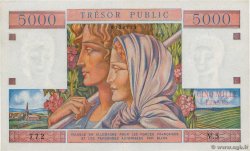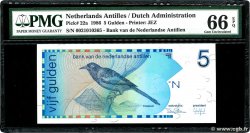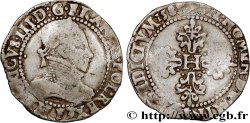Live auction - fjt_906591 - DAUPHINÉ - MÉDAILLES ET JETONS DU XIXe s. Société d’électro-métallurgie française Brignoud n.d.
Sie müssen angeschlossen sein und von cgb.fr genehmigt werden, um in einer E-Auktion teilzunehmen.Melden Sie sich an, um zu wetten..Die Kontobestätigungen sind innerhalb von 48 Stunden nach Ihrer Anmeldung gemacht.Warten Sie nicht bis die letzten zwei Tage vor dem Abschluss eines Verkaufs, um Ihre Registrierung abzuschließen. Klickend "BIETEN" verpflichten Sie sich vertraglich, diesen Artikel zu kaufen und Sie nehmen ohne Reserve die allgemeinen Verkaufsbedingungen für den live auctions zu cgb.fr an.
Der Verkauf wird an der Zeit auf der Übersichtsseite angezeigt geschlossen werden. Angebote, die nach der Schließung Zeit empfangen sind, werden nicht gültig.
Bitte beachten Sie, dass die Fristen für die Einreichung Ihres Angebots auf unsere Server können variieren und es kann zur Ablehnung Ihres Angebots entstehen, wenn es in den letzten Sekunden des Verkaufs gesendet wird. Die Angebote sollen mit ganzer Zahl ausgeführt sein, Sie können Kommas oder des Punktes in Ihrem Angebot nicht erfassen. Bei Fragen klicken Sie hier, um einen Blick auf die FAQ Live-Auktionen.
Alle Gewinngebote unterliegen einem Aufschlag von 18 % für Verkaufskosten.
Alle Gewinngebote unterliegen einem Aufschlag von 18 % für Verkaufskosten.
| Schätzung : | 20 € |
| Preis : | 10 € |
| Höchstgebot : | 15 € |
| Verkaufsende : | 09 April 2024 18:53:32 |
| Bieter : | 1 Bieter |
Type : Société d’électro-métallurgie française Brignoud
Datum: n.d.
Metall : Aluminium
Durchmesser : 37 mm
Stempelstellung : 12 h.
Gewicht : 4,19 g.
Rand lisse
Vorderseite
Beschreibung Vorderseite Allégorie du travail (la France ?) assise de dos vers la gauche ; derrière elle Mercure assis au-devant de générateurs électriques ; à l’exergue signature E. DROPSY.
Rückseite
Titulatur der Rückseite SOCIÉTÉ ÉLECTRO-MÉTALLURGIQUE FRANÇAISE// * FROGES PAR BRIGNOUD (ISÈRE) * AU CENTRE EN QUATRE LIGNES : ALUMINIUM/ PUR/ ET/ ALLIAGES.
Beschreibung Rückseite Couronne de laurier, au centre en quatre lignes : ALUMINIUM/ PUR/ ET/ ALLIAGES.
Kommentare
L’aluminium est au XIXe siècle, avant de connaître un succès considérable au XXe siècle, un métal rare et très cher à produire à ses débuts : il est isolé pour la première fois en 1825 par le chimiste danois Hans Christian ŒRSTED, grâce à une réaction chimique avec un amalgame au potassium. Entre 1827 et 1845, le chimiste allemand Friedrich WOHLER est le premier à mesurer la densité de l'aluminium et à montrer sa légèreté. En France, Henri Sainte-Claire Deville expose de l'aluminium pur à l'Exposition internationale de Paris en 1855. En 1887, la création de la Société Électrométallurgique Française permet l’ouverture d’une usine à Froges dans l'Isère, équipée des premières cuves de fabrication industrielle d'aluminium électrolytique.
In the 19th century, before experiencing considerable success in the 20th century, aluminum was a rare and very expensive metal to produce at the beginning: it was isolated for the first time in 1825 by the Danish chemist Hans Christian ŒRSTED, thanks to a chemical reaction with a potassium amalgam. Between 1827 and 1845, the German chemist Friedrich WOHLER was the first to measure the density of aluminum and to demonstrate its lightness. In France, Henri Sainte-Claire Deville exhibited pure aluminum at the International Exhibition in Paris in 1855. In 1887, the creation of the Société Électrométallurgique Française allowed the opening of a factory in Froges in Isère, equipped with the first vats for the industrial production of electrolytic aluminum.
In the 19th century, before experiencing considerable success in the 20th century, aluminum was a rare and very expensive metal to produce at the beginning: it was isolated for the first time in 1825 by the Danish chemist Hans Christian ŒRSTED, thanks to a chemical reaction with a potassium amalgam. Between 1827 and 1845, the German chemist Friedrich WOHLER was the first to measure the density of aluminum and to demonstrate its lightness. In France, Henri Sainte-Claire Deville exhibited pure aluminum at the International Exhibition in Paris in 1855. In 1887, the creation of the Société Électrométallurgique Française allowed the opening of a factory in Froges in Isère, equipped with the first vats for the industrial production of electrolytic aluminum.







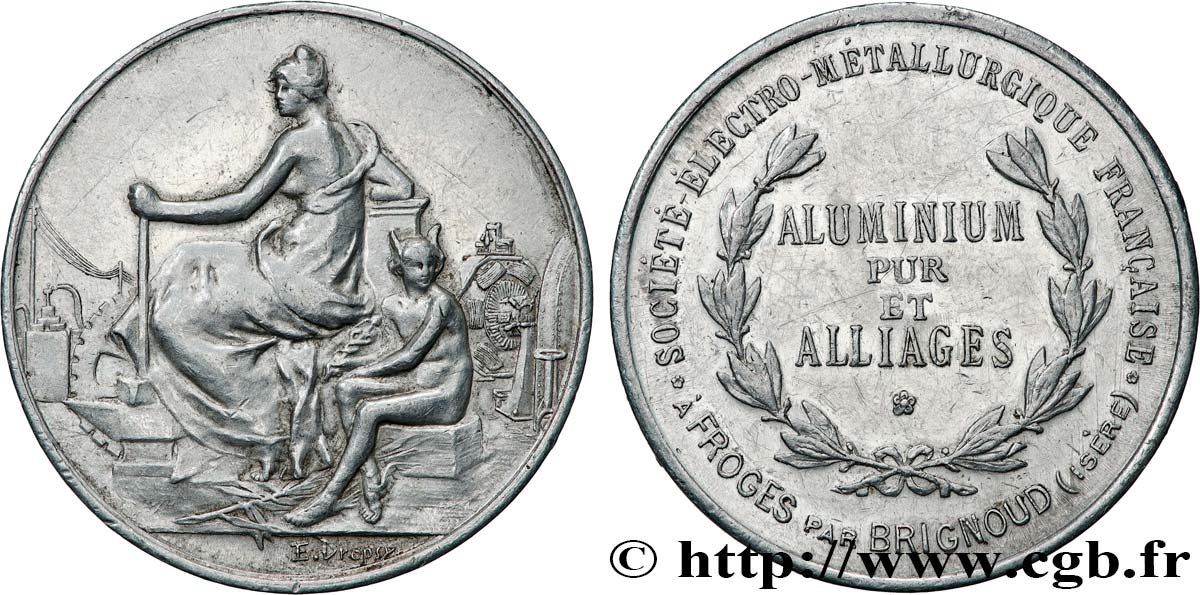
 Berichten über einen Fehler
Berichten über einen Fehler Die Seite drucken
Die Seite drucken Teilen meiner Auswahl
Teilen meiner Auswahl Stellen Sie eine Frage
Stellen Sie eine Frage Einlieferung/Verkauf
Einlieferung/Verkauf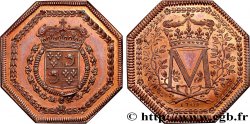
 Details
Details